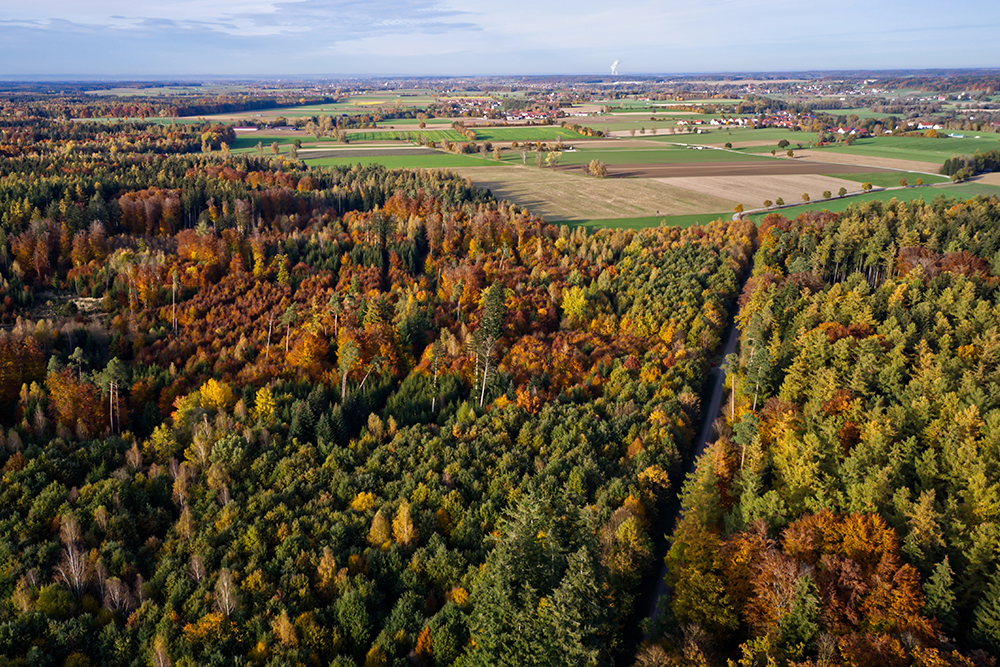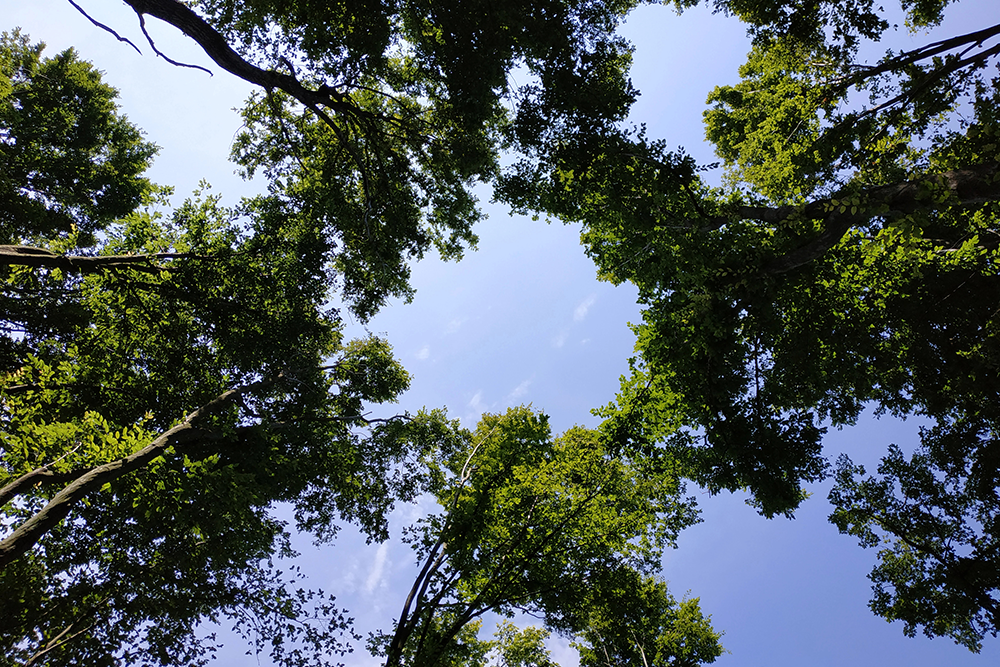What Does A Tree Inspection Involve?

Trees add immense value to a property, offering shade, aesthetic beauty, and ecological benefits. However, tree health can decline over time, making inspections necessary to make sure they remain safe and vibrant. A tree inspection is necessary for identifying potential risks such as weak branches or decay that could lead to damage or injury. By understanding what is involved in an inspection, you can help protect your property and the environment.
Why Is a Tree Inspection Important?
Tree inspections serve multiple purposes. While many homeowners value trees for their beauty and the shade they provide, trees that are unhealthy or structurally unstable can become a serious risk. For example, trees with damaged roots or limbs may be prone to falling during storms, potentially damaging property or even causing injury.
An inspection allows trained professionals to detect these issues early, recommending the right steps to prevent accidents. A professional arborist examines everything from root health to canopy structure to assess the overall condition of the tree.
What Does a Tree Inspection Include?
A comprehensive inspection covers several key areas:
- Soil and Root Assessment: The inspection begins with an evaluation of the soil and root system. Healthy roots anchor the tree and absorb nutrients, so any issues like soil compaction or root rot can signal deeper problems. The inspector will look for signs of stress or decay around the base of the tree.
- Trunk Examination: The condition of the trunk is another important aspect of the inspection. Cracks, hollows, or dead bark can indicate that the tree is in decline or suffering from a disease. Sometimes, the trunk may harbor pests that weaken the tree’s structure.
- Canopy Review: The upper sections of the tree, including branches and leaves, are also carefully inspected. Branches with dead wood or weak attachments pose risks, especially if they hang over buildings or pathways. A dense canopy might seem healthy, but internal decay or poor limb structure can be hidden from view.
Signs That Your Tree Needs an Inspection
Although it is best to have trees inspected regularly, certain signs should prompt an immediate inspection. These include:
- Large, hanging branches.
- Cracks or holes in the trunk.
- Unusual leaf loss or discoloration.
- Mushrooms or fungi grow at the tree’s base.
These symptoms can indicate that the tree is no longer healthy or structurally sound, potentially putting your property at risk. In addition to visible signs, trees may have underlying conditions that only a trained professional can detect.
Risk Assessment During Tree Inspections
One of the primary objectives of an inspection is to assess the potential risk a tree poses. Arborists are trained to evaluate both the tree’s condition and its surroundings to determine what would happen if the tree—or part of it—were to fail.
Risk factors are classified by two main criteria: the likelihood of failure and the target that could be affected. If a tree is located near a home, sidewalk, or play area, the risk is much higher, especially if the tree shows signs of structural issues. Conversely, a tree in an open field with no high-risk targets nearby may be considered a lower threat.
The results of the inspection will guide the recommendations for remedial action. In some cases, the solution may involve removing weak branches or cabling parts of the tree for added support. In other situations, tree removal might be necessary if the risk is too great.
How Often Should a Tree Be Inspected?
Ideally, trees should undergo a professional inspection once a year, especially if they are large or close to buildings. Regular inspections help catch problems early, allowing for preventative measures before more serious intervention is required.
Additionally, if there are specific concerns about the health or stability of a tree, such as after a storm or noticeable signs of decay, an immediate inspection is advised. Keeping a close watch on the trees in your landscape makes sure that they continue to thrive without posing a danger to your property or people.
What Happens After an Inspection?
Once the inspection is complete, the arborist will bring recommendations for action. In many cases, this might involve simple maintenance like pruning dead branches or providing treatment for pests. For trees that are structurally compromised, more involved interventions such as remedial construction or bracing may be required.
In situations where trees are damaged beyond repair or pose an immediate hazard, tree removal could be the safest option. Although removing a tree may seem drastic, it is sometimes necessary to prevent accidents. If issues are discovered during the inspection, they should be addressed promptly. Leaving a problematic tree unchecked can result in greater risk to both your property and the environment.
Tree Inspection and Long-Term Care
Tree inspection is crucial for identifying immediate safety concerns, but maintaining long-term tree health requires consistent care. Regular inspections help monitor the tree’s condition, while ongoing care makes sure of its vitality over time. Proper vegetation management is a key part of this process, promoting healthy growth and preventing issues before they become serious.
By managing surrounding vegetation, trees receive the nutrients, water, and sunlight they need to thrive, reducing the likelihood of disease or structural damage. Regular care minimizes the need for costly interventions in the future and guarantees the tree remains strong and healthy for years to come.
At Coleman Environmental Engineering, LLC, we combine years of experience with advanced techniques to offer effective environmental engineering solutions. A tree inspection is an essential part of maintaining a healthy and safe landscape. From assessing root health to evaluating canopy stability, inspections help identify potential risks and guide necessary interventions. Whether it is pruning a weakened limb or applying more advanced solutions like remedial construction, a thorough inspection gives the information needed to protect your property and its trees.
Taking a proactive approach to tree care can prevent accidents and guarantee that your trees continue to enhance your property for years to come. Coleman Environmental Engineering, LLC is here to deliver expert tree inspection services that prioritize safety and the environment. With our knowledge and experience, we help you maintain a landscape that is both beautiful and secure. Explore our environmental engineering projects now.

